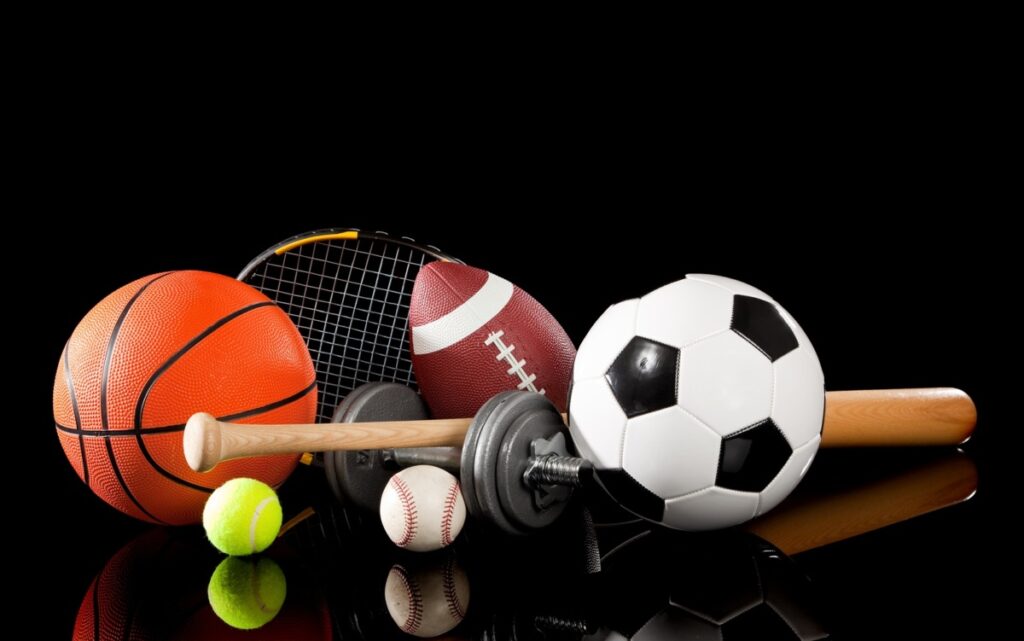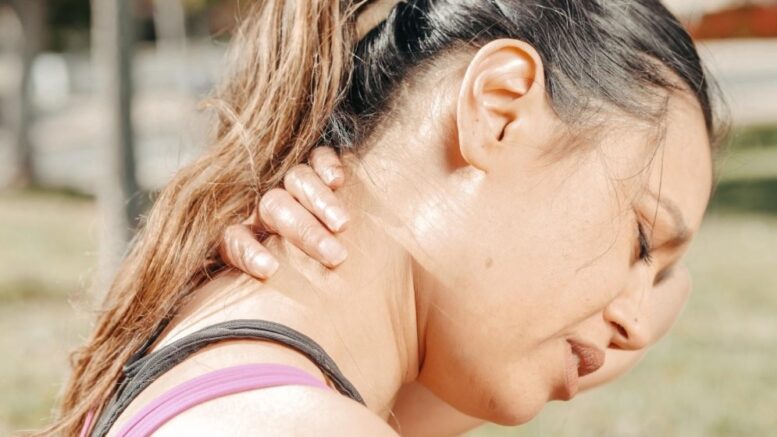You’re bound to start feeling sore when you’re training a few times a week, especially if those workouts are hard on your body. One of the best ways to relieve muscle pain is through massage therapy – not only does it positively affect your physical recovery, but it’s also shown to help with mental health.
With that said, seeing a massage therapist on a regular basis is both time-consuming and quite expensive. Thankfully nowadays, there are many ways to do self-massage on your own from the comfort of your home and without having to keep paying for every session.
And so, if you want to know some effective self-massage techniques and how you can apply them, keep on reading.
What Are Self-Massage Techniques?
Basically, this means using your hands or specific tools to massage sore muscles. When you’re performing a self-massage, you’re using your hands or a specific tool to get the blood flowing to your sore muscles by applying pressure and kneading the skin.
Learning self-massage techniques is quite useful, as it allows you to remove some of the stress and relief pain that’s caused by overtraining, bad posture, or just a chronic condition.
Let’s now talk about some of the essential techniques you need to know.
Use Hands to Massage Feet, Head, and Neck
Using your hands is one of the the cheapest options, to give yourself a self-massage. And that’s because you don’t have to buy anything at all. However, the problem is that you’re limited as to how much of your body you can reach with your arms. Essentially, most people can knead the muscles of their head, neck, and feet with their arms, as well as their calves and maybe the forearms. You don’t need to know anything that special in terms of technique; just focus on applying enough pressure to the point where you feel a bit of pain, but it’s not sharp, and it’s followed by relief.
Use a Foam Roller to Target Areas You Can’t Reach
There are quite a few big muscle groups that you can’t reach with your hands or that you cannot properly massage using just the power in your arms. Those include the back, legs, and glutes. In order to massage them at home, one of the cheaper options is to get a foam roller and start using it regularly. Once you learn how to move on it, it can be used to self-massage:
- glutes
- calves
- thighs
- hamstrings
- T-band
- Lower back
- Upper back
The essential movement with the foam roller is to place it on the floor, then put the muscle you want to massage on top, and then start to roll until you feel relief.

Use a Tennis Ball for Self-massage
A foam roller is a great option for massaging larger muscle groups; however, smaller ones are tougher to reach, and they require another tool. Here, a cheap alternative that most of us have at home is a tennis ball. You can easily use it to roll the muscles on your pecs, mid-back, and shoulders, and the technique is pretty much the same as the one you use when foam rolling. You lay on the floor, place the ball on the muscle that needs a massage and start applying pressure on it.
Use Tools Made Specifically for Self-Massage
Nowadays, on the market, you will find plenty of tools designed specifically for self-massage. Some are targeted toward particular muscle groups, while others can be used for the entire body. The most popular ones include:
- massage guns
- neck and shoulder massagers
- heated massagers
- massage chairs
Now, we have to mention that even though these tools feel nice and can help you relieve pain, pressure, and stress, they’re also quite expensive. And you will need to be ready to spare at least a few hundred dollars on them. But there are also cheaper models of massage guns available on the market, which are sometimes as good as more popular brands.
What are the Biggest Self-Massage Benefits?
The biggest benefit of self-massage is, of course, convenience. You don’t have to go anywhere, ask anyone, or pay money for it. It’s something that you can do whenever you feel like you need it, in the comfort of your own home. But those are not the only positives; self-massage has shown that it helps ease:
- anxiety
- stress
- muscle strain
- pain
- muscle tension
- headaches
When done regularly, it can have massive positive effects on your overall health and well-being. And if you’re an active athlete, it’s a must for recovering faster and better.
In Conclusion
Self-massage is a great, cheap alternative to visiting a massage therapist. And if you have some extra tools at home, it can quickly become an effective recovery session that makes you not only feel better at the moment but also recover better for the next day. If any of you have tried self-massage already, what are your impressions of it? Do you find it effective or not? Share with us in the comments below.
